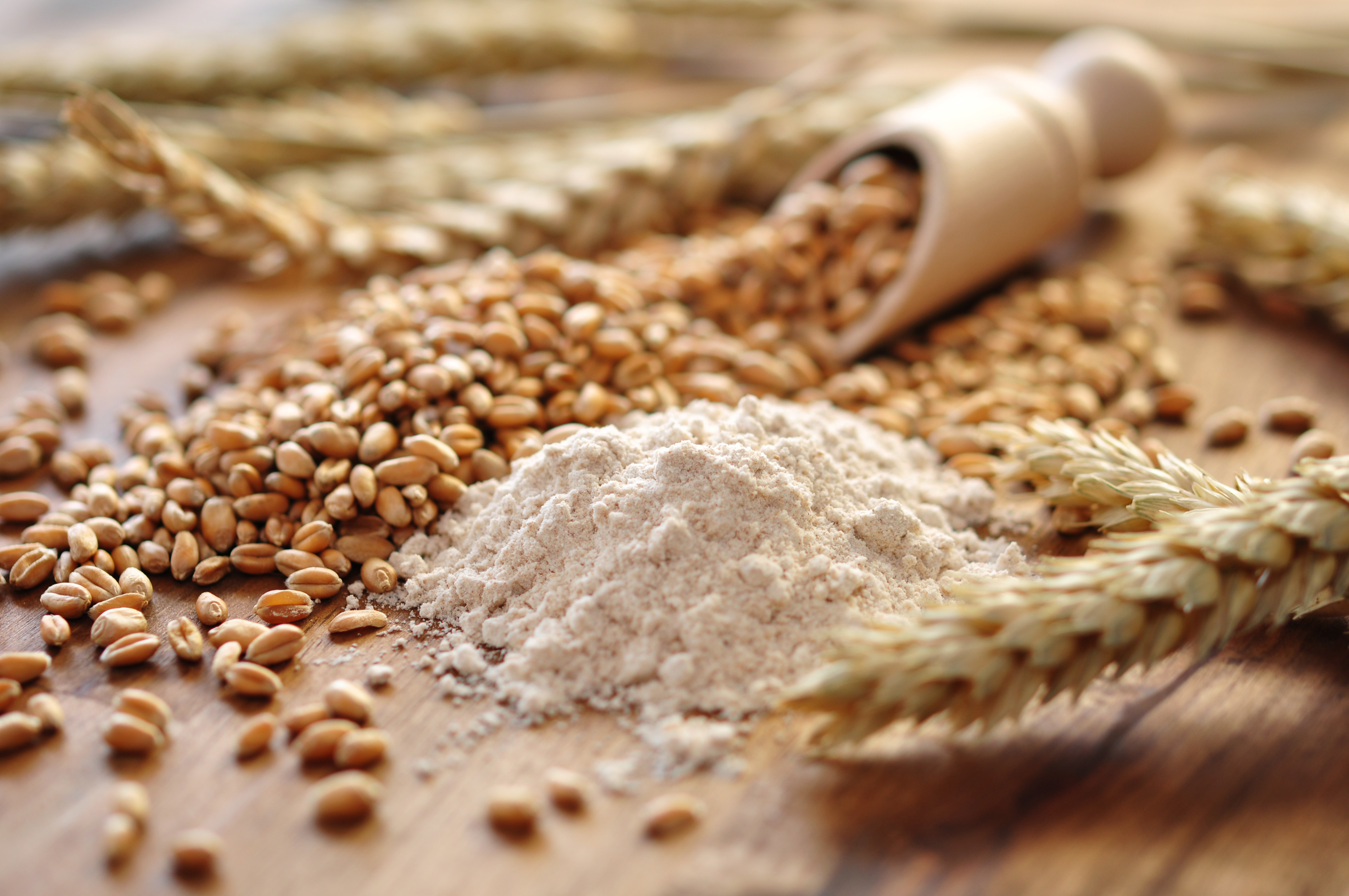



La Nina events could hurt Argentina's corn and soy crops
Argentina's corn and soy crops and subsequent export logistics could come head to head with dry La Nina weather, analysts say.
Reuters reports that dryness over the next six months in Argentina is expected to reduce the size of the country's two main cash crops, corn and soy, while complicating navigation of grain cargo ships on the Parana River, analysts said.

Forecasters say the La Nina climate phenomenon is likely to resurface after a spotty appearance last season, bringing additional dryness to a part of South America that has already been parched for months, threatening crops, and lowering the water level of Argentina's key grains superhighway.
"In the context of La Nina reappearing, the lack of rain will not correct itself," said German Heinzenknecht, a meteorologist at Argentine consultancy Applied Climatology.
"At best it could become normal in some areas. But a return to normal rainfall will not correct the flow of the river, which is going to have an extremely serious effect on shipping logistics, hydroelectric power generation, and the provision of drinking water," he said.
The South American grains powerhouse is the world's number-three corn supplier and number-one exporter of soymeal livestock feed, used to fatten hogs and poultry from Europe to Southeast Asia. The low level of the Parana has cut cargo capacity by 18% to 25% per ship this month, local authorities say.
As the 2021 to 2022 crop year gets set to start with September and October corn and soy planting, the Rosario grains exchange said La Nina could cut rainfall by 20% to 30% during the season.

The last time the phenomenon hit Argentina hard was in 2017 to 2018. Corn and soy crops were reduced to an anemic 34 million and 35.5 million tonnes, respectively, the exchange said.
In the recently-concluded 2020 to 2021 crop year, the Buenos Aires Grains Exchange said Argentine farmers harvested 48 million tonnes of corn and 43.5 million tonnes of soybeans.
In the 2019 to 2020 crop year, which had more normal weather, the exchange said Argentine farmers harvested 51.5 million tonnes of corn and 49 million tonnes of soy.
Weather worries are mounting
With early planted corn set to bloom in December, at the start of the Southern Hemisphere summer, worries are mounting. "It's going to be a hard six months ahead," Heinzenknecht said.
Grains are Argentina's main source of export dollars needed to bolster central bank reserves sapped by a three-year recession exacerbated in 2020 by the COVID-19 pandemic.

Southern Brazil, where the Parana River originates, has been hit by dryness for three years. This has reduced water levels in the Argentine ports hub of Rosario, where about 80% of the country's agricultural exports are loaded.
The risk of a resurgent La Nina "should start to be monitored, as it could affect agricultural exports and energy imports," Argentine consultancy Delphos Investment said in a recent note to clients. "In a country with a shortage of dollars, like Argentina, any marginal change could affect it greatly."
Lisandro Perrotta, head of the Rural Society growers group in the Pampas farm town of Pergamino, Buenos Aires province, said he was concerned that the coming dryness could rival that of the severe drought of 2008.
"We would need 300 to 400 millimeters (12 to 16 inches) of rain over the next two months to bring groundwater back to normal," he said. "And that's impossible."
Read more about this story here.
Source: Reuters


